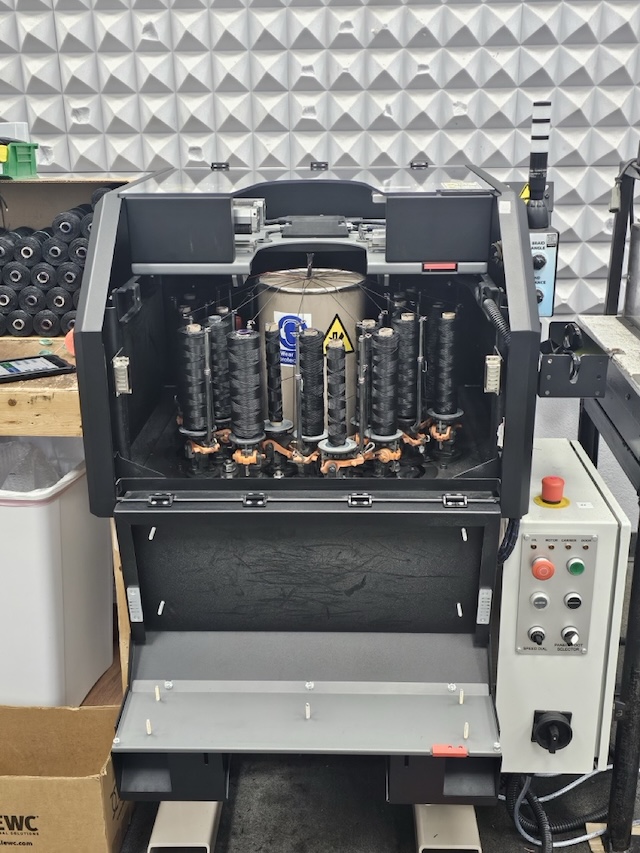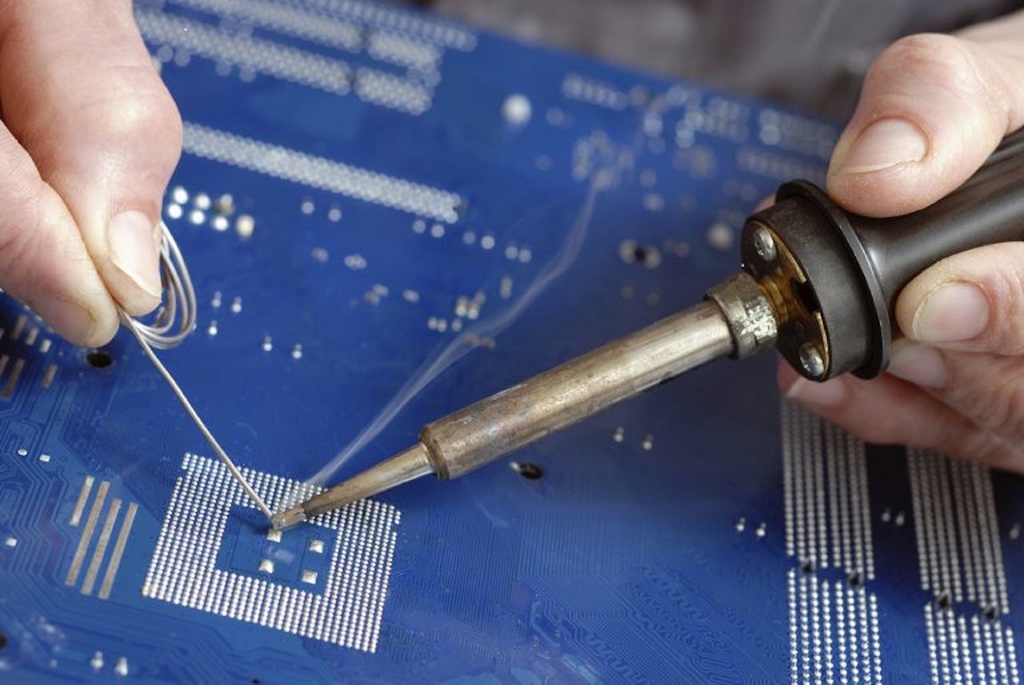By: Alan Sherry, Stellar Technical Products
Solder is used in many industries from electronics and sheet metal to stained glass. Flux, an acid mixture, is always used in conjunction with the solder to permit the molten solder to bond with the surfaces being joined.
Solder Dust vs Solder Fumes
When soldering, most people do not wear gloves and hold the iron and solder wire by hand. It’s important to note that if your solder contains lead and you hold the solder wire or bar, you will get lead dust on your hands. This is the route in which lead can get into your system, as most exposure to lead occurs through breathing or eating. Therefore, it’s critical that you wash your hands with soap and water whenever you step away from the workbench. It is preferable to wear gloves, and leave the gloves on the bench or wear disposable ones.
Solder metal willonly create fumes if heated above ~ 1200°F, which won’t happen in normal soldering applications whether using a soldering iron or a pot. So, for most users’ soldering applications, it’s the dust or residue from touching the solder itself that can cause a health issue.
This same situation would apply in battery manufacturing, gun ranges (leaded ammunition) and other industrial applications. In applications where there are large amounts of leaded parts that handled, the lead dust could also become airborne and would require wearing a safety mask.
Flux Fumes
Fluxes are chemical mixtures containing acids, sometimes solvents and other chemicals. During the soldering process, fluxes are heated to the reflow temperature of the solder, converting some of the flux ingredients to gas fumes. Most of these fumes escape in the air, but if you are close enough to the solder joint you could breathe in some of these fumes.
Each flux mixture has it’s own Safety Data Sheet (SDS) available from the manufacturer or vendor describing the hazards and the precautions to take. It is, however, recommended that fume extraction be used and/or a respirator type of face mask is worn (N95). Look for a respirator that is rated to filter acid gases.
Simply using a rosin core solder wire? The rosin flux is listed by OSHA as only an “inhalation sensitizer”, but Lead is listed as a carcinogen. Using common zinc chloride-based stained glass flux? This type of flux is corrosive to skin, eyes and internal organs.
Summary of Protection Recommended during Soldering
The bottom line is that it is important to protect yourself from ingesting or breathing lead dust or acid fumes that can compound over time and damage your health. Consult the SDS for the brand of material you are using and keep it on file to make sure you are protecting yourself properly.

























































